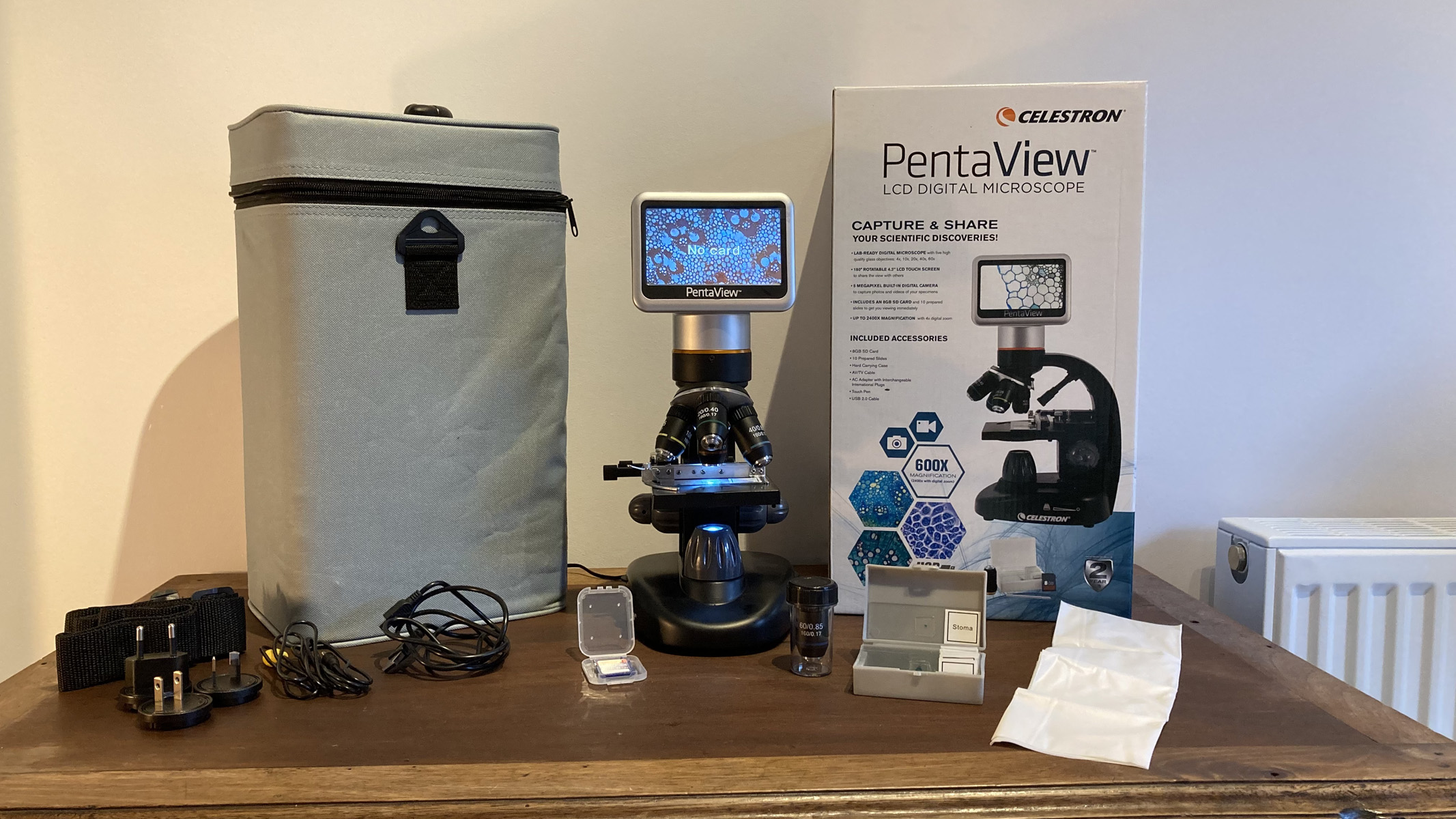Buildings, Vol. 13, Pages 272: Thermal Assessment of a Ventilated Double Skin Façade Component with a Set of Air Filtering Photocatalytic Slats in the Cavity
Buildings doi: 10.3390/buildings13020272
Authors: Oriol Roig Eva Cuerva Cristina Pardal Alfredo Guardo Antonio Isalgue Judit Lopez-Besora
Indoor air quality is a crucial factor when evaluating habitability, especially in developed countries, where people spend most of their time indoors. This paper presents a novel double skin façade (DSF) system that combines physical and photocatalytic filtering strategies. The air purification system is made up of fixed slats that are both solar protection and air purification system. The objective of this work is to determine the thermal behaviour of the proposed system, so that its suitability for use in various environments may be assessed. This was carried out using a physical 1:1 scale model and a computational fluid dynamics (CFD) model. The maximum temperature inside the scale model cavity was 17–20 °C higher than outdoor air. Additionally, it was discovered that the airflow through the DSF would require forced ventilation. To determine the emissivity values of the photocatalytic coating, additional experimental measurements were made. The CFD model was tested for summer and winter conditions in Barcelona, Chicago, and Vancouver. The average increase in the intake air temperature was around 14.5 °C in winter and 12 °C in summer, finding that the system has its main use potential in temperate or cold areas with many hours of solar radiation.

 1 year ago
52
1 year ago
52


